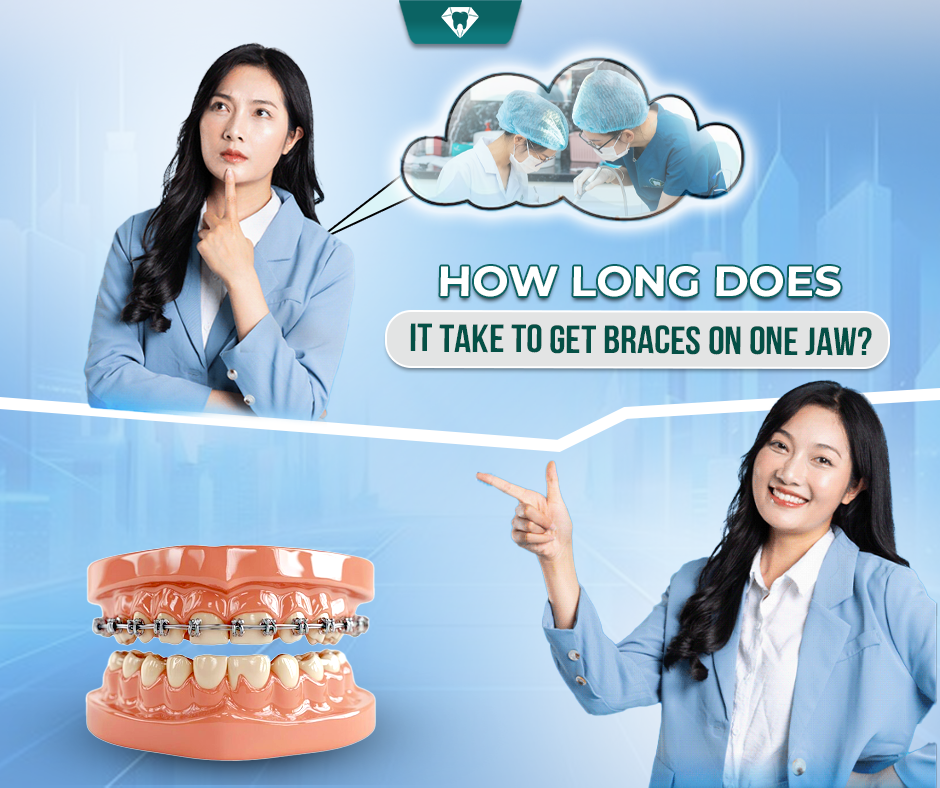“How long does it take to get braces on one jaw?” is a common question for people whose teeth are only slightly misaligned—either on the upper or lower jaw. Is it truly a time-saving option? Will the results still be aesthetically pleasing and functionally effective? In this article, Joy International Dental Clinic will help you understand all aspects of single-arch orthodontics and offer expert advice for your situation.
1. Who is eligible for single-arch orthodontic treatment?
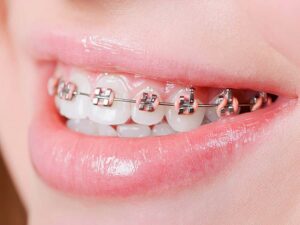
In most cases, orthodontists recommend getting braces on both upper and lower jaws to ensure balance in bite alignment and to achieve the best aesthetic and functional outcome. However, there are certain mild or unique cases where getting braces on just one arch is appropriate. You may be a candidate for single-arch treatment if you fall into any of the following categories:
-
You have mild dental misalignment, such as slight overbite or underbite, or minor crowding, and your bite is otherwise functional.
-
One of your jaws has spacing issues (gapped teeth), while the other jaw is perfectly aligned and does not require correction.
-
You are mainly concerned with cosmetic improvements in a specific area—e.g., your upper teeth appear crowded, but your lower teeth are already straight.
-
You’ve had braces on both jaws in the past, but due to not wearing your retainers, one jaw has slightly relapsed.
Still, a professional evaluation is necessary to determine whether you’re suitable for this treatment plan. Only a qualified orthodontist can assess your bite, facial profile, and dental health to decide if single-arch braces are safe and effective for you.
2. How long does it take to get braces on one jaw?
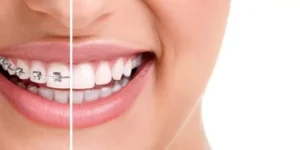
If you qualify for single-arch braces, the good news is that treatment time is often shorter than full-mouth braces. On average, single-arch orthodontic treatment takes around 12 to 24 months. The exact duration depends on the complexity of your dental issues and the type of braces used.
In mild cases, treatment may be completed in as little as 6 to 9 months. However, more complicated adjustments could stretch the treatment timeline to up to 2 years. It’s important to stick closely to your orthodontist’s plan to ensure the fastest and most effective results.
3. What factors affect the duration of single-arch orthodontic treatment?
3.1. Your oral health affects the time it takes to get braces on one jaw
Healthy teeth, gums, and jawbones will allow for a smoother and faster orthodontic journey. On the other hand, if you suffer from gum disease, cavities, or bone loss, these conditions must be treated before braces can be applied—resulting in a longer timeline overall.
3.2. Your age at the time of treatment
Younger patients, such as children and teens, tend to have quicker results. Their jawbones are still developing, which makes tooth movement more responsive to orthodontic forces. Adults, especially those in their late 30s or older, may require more time because the bone structure is more set and resistant to movement.
3.3. The expertise of your orthodontist
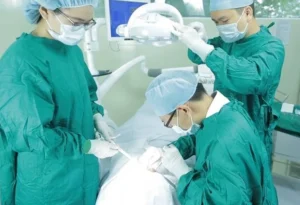
Your orthodontist’s skill plays a crucial role in how efficiently your treatment progresses. An experienced provider will create a precise, personalized treatment plan, anticipate potential issues, and minimize delays or unnecessary adjustments. Poorly planned treatments can prolong your journey significantly.
3.4. The type of braces you choose
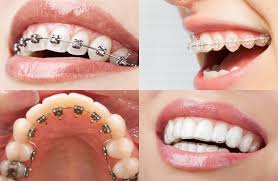
The type of orthodontic appliance also influences the treatment duration. Traditional metal braces often move teeth more quickly than clear aligners or ceramic braces. Metal brackets offer strong, consistent pressure and are less prone to breakage.
Clear aligners like Invisalign provide better aesthetics and comfort but may require longer treatment times—especially if the patient isn’t diligent in wearing them for 20–22 hours per day. Ultimately, your orthodontist will help you choose the most suitable option for your goals and lifestyle.
3.5. Your dental care habits
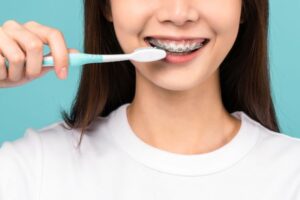
Surprisingly, how well you take care of your teeth and follow instructions can significantly affect your progress. Poor oral hygiene can lead to gum infections, cavities, or broken brackets—all of which disrupt your treatment schedule. Skipping dental appointments or failing to follow home care guidelines may also slow things down. Be proactive in caring for your braces and attend all follow-up visits.
4. Is getting braces on one jaw a cost-effective solution?
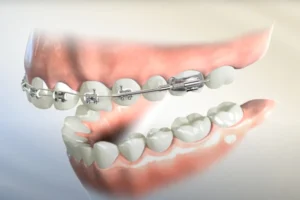
Yes, single-arch orthodontics is typically more affordable than full-mouth treatment. You can expect to save anywhere from 40% to 60% of the cost, depending on your chosen appliance.
For instance, if full braces on both jaws cost around 30 million VND, single-arch treatment may range between 12 to 18 million VND with metal braces. Advanced options like ceramic braces or Invisalign will still be more expensive, but you’ll still save compared to dual-arch treatment.
However, keep in mind that cost-saving should not override clinical suitability. If your condition truly requires correction on both jaws but you opt for just one to save money, you could end up with bite misalignment or impaired chewing ability. Eventually, this may lead to further corrective procedures, potentially costing even more.
Conclusion
Single-arch orthodontics can be a smart and economical choice for individuals with minor misalignment or cosmetic concerns in just one jaw. However, this option is only viable if a professional evaluation confirms its suitability for your dental structure. If you’re considering this treatment, don’t hesitate to schedule a consultation at Joy International Dental Clinic. Our team will provide a detailed examination and develop the most appropriate treatment plan to help you achieve the perfect smile in the safest and most efficient way.

